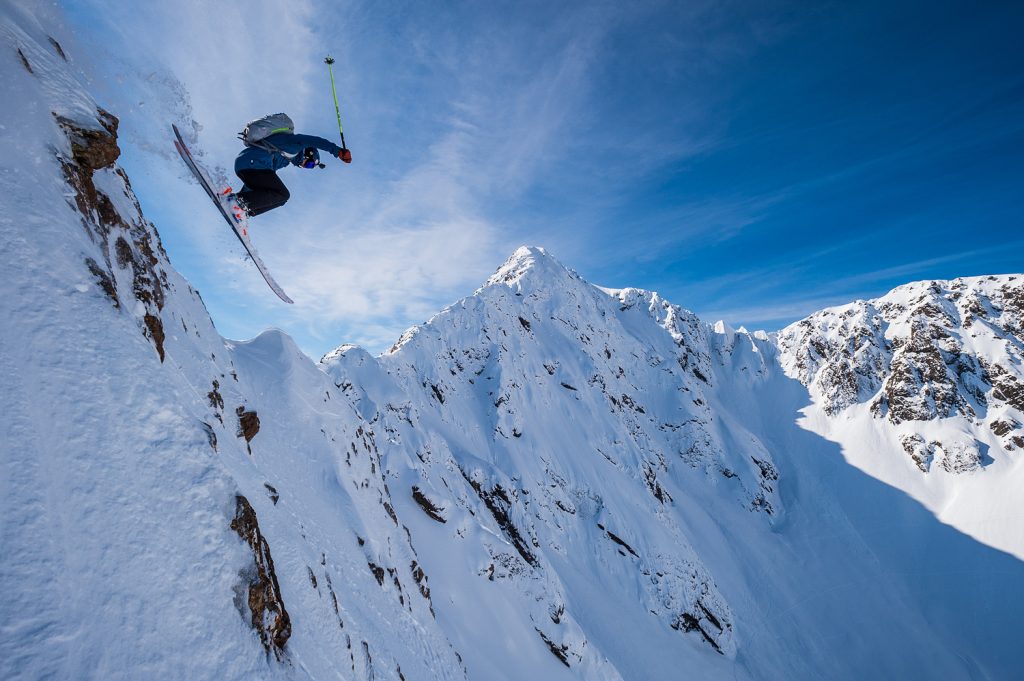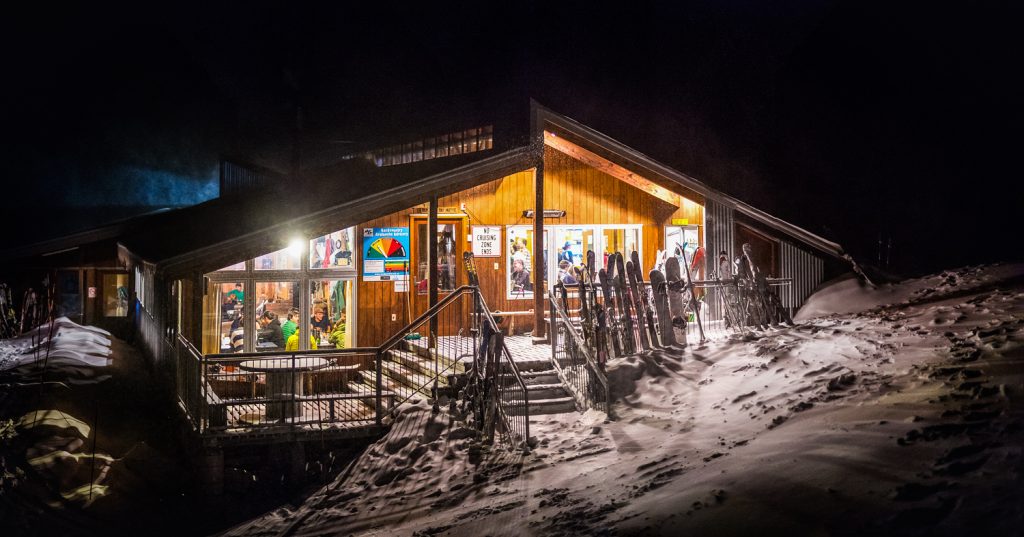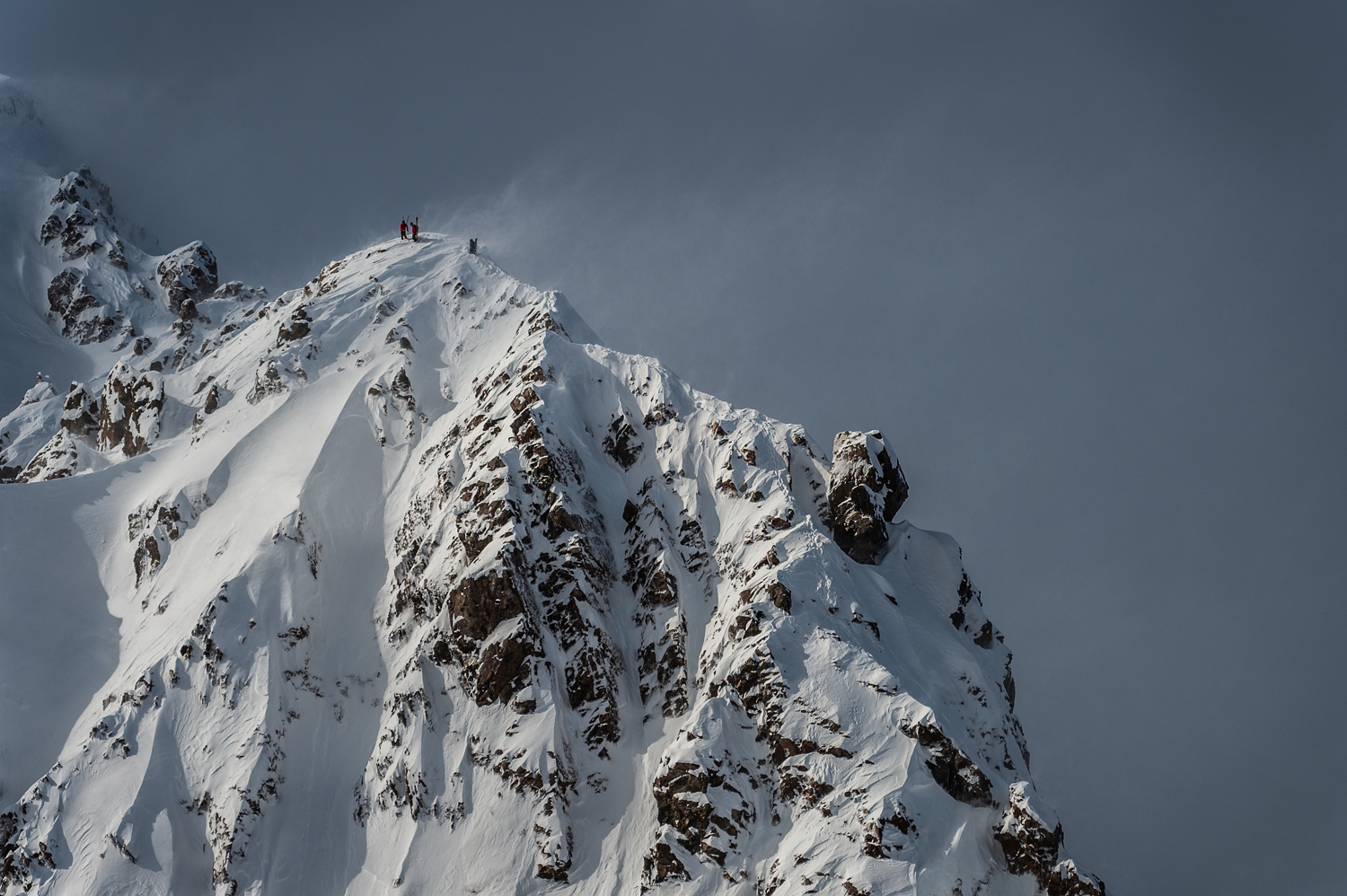The 1964 guide to the club fields of the South Island.
“You can find me in the club, bottle full of bub.”- ‘In Da Club’, 50 Cent

Here’s an approximation of the conversation I had the first time I set foot on a club field:
“What the hell is that?”
“That’s the nutcracker.”
“Nut what??”
“Nutcracker. She’s a high-speed rope tow. We’ll fire up the tractor, that runs the pulley wheel, right? And then we put on this harness here, and it’s attached to this metal clamp, which we just flick around the rope, and away we go!”
“Clamp?!?”
“But make sure the harness takes the strain, not your hands, ‘cause the rope goes pretty fast, and it could pull your shoulder out, oh, and don’t let your hands anywhere near those metal wheels up there. But don’t pull away, either. Otherwise you’ll derail the whole show and Bazza will want a word with you.”
“Bazza?!!?”
“That fella over there. The one with three fingers on his left hand.”
Club fields are pure Kiwiana. Small semi-volunteer-run ski areas with limited grooming, scant beginner terrain, and the above-mentioned nutcracker tows, they are the kind of places you would never find in a more litigious nation, like, say, the United States. The on-field accommodation tends to be rustic and communal; guests often share cooking and cleaning duties, as well as a lot of laughs. It’s about as far from Aspen as you can get, both in amenities and in soul. This is a good thing. These are some of our top picks. Welcome to the clubs.
Broken River and Craigieburn
Combined, Broken River and Craigieburn Valley make up New Zealand’s largest off-piste ski area. Divided by the other Remarkables, a rocky, ribboned ridge that runs off Hamilton Peak, the pair offer the full spectrum of life away from lift lines and lattes.
When it comes to the club field experience, Broken River is a perfect entry point. The road is accessible by 2WD most days and is the least likely to be shut by avalanche risk. In fact, BR is the ski field best positioned to stay open in wild weather, due to its safe access and leeward easterly aspect. The terrain is just as big as neighbouring Craigieburn, but with the gnar factor dialled down a notch. It is family-friendly, beginner-friendly, and a great initiation into the world of club lodges and nutcrackers. There’s even a slow button on the Access Tow! The expanse of bowls and the bonus patrolled backcountry terrain of Allan’s Basin means fresh turns can be farmed for days after each new storm. BR also offers other novelties like night skiing and New Zealand’s only alpine railway, the Tyndall Tramway.
For those keen for more, a windswept whisk along the Ridge Tow and quick sidle around Hamilton Peak leads you to Craigieburn Valley Ski Area. Legendary freeskier and US National Ski Hall of Famer Glen Plake rates Chamonix and Craigieburn as his two top global ski destinations. In return, the club has transformed the base lodge bar into a shrine to Plake. He even has his own named run, Plake’s Mistake, a chute just wide enough to swing your 210 straighties into the fall line, ready to commit to the mandatory air on exit. Craigieburn’s main bowls offer a smorgasbord of chutes and drops which open into fat, loaded powder bowl runouts. The field has some of the country’s most technical lift-accessed terrain, with triple-black-diamond ratings on many named runs. They can even claim New Zealand’s only tree skiing, though the actual experience is more akin to tree-dodging. – VB

PHOTO: Mark Bridgwater
Mt Olympus
The self-designated ‘Playground of the Gods,’ Mt Olympus is a proudly groomer-free Shangri-La tucked at the southern end of the Craigieburn Range. Squeezed between the commercial behemoth that is Mt Hutt and a proliferation of smaller fields dotted along the Great Alpine Highway SH 73, Olympus is a little bit further off the beaten track than its fellow clubs, and the road in is one of the greatest kook filters in all the land. It’s full-on. A sign instructs that “chains and courage are required.” Just making it to the tow hut is an achievement. Once there, you are treated to some of the best bang-for-buck terrain in Aotearoa. From puckering straightlines down Little Alaska to the kid-friendly arena of the learners’ tow, Mt O has it all. Accommodation options are stratified into Bougie or Basic As. The renovated ski-in ski-out Top Hut is luxe, with comfortable bunk rooms, LED-lit bathrooms, a notorious hot tub, and a large food hall/rave party dive bar. The budget choice is Bottom Hut, which is a no-frills scene all its own. The clubbies here are a proud breed, and rightly so; their dedication to club culture has created a magical escape. – VB
Temple Basin
Temple Basin is the real deal. Sitting proudly atop and slightly to the west of the divide of the Southern Alps, Temple is perfectly situated to enjoy the fruits of juicy westerly flows, and its massive snowfalls are the stuff of legend. The terrain here is expansive, foreboding and inviting in equal measure. This is a true big mountain arena. Fabled for its 360-degree option of aspects, everything of worth is hike-accessed, and mahi before treats is a way of life here.
Many moons ago, snowboard pioneer Brad Steward told Transworld Snowboarding, “If I had to stay in one area, in one mountain, in one place to snowboard for the rest of my life, it would be Temple Basin. It’s that good … yes, you have to hike into the area, but it’s one of the most beautiful places to hike in the entire world. And, yes, the place is not like a normal ski area. That is exactly the reason to go.”
The barrier to enter the Temple is high. The car park is a lay-by off SH73, but then ease-of-access ends. Having hoisted their gear into the decrepit-looking goods lift, skiers and snowboarders then have to hoist their own carcasses up a forty-five-minute-ish rocky hike to the lodge. Pro tip for the goods lift: Keep your ski poles with you, they’ll come in handy on the walk up.
While Duct Tape Chic rules supreme on the mountain, accommodation-wise, Temple Hut has all the mod-cons. The first of the field’s three tows are accessed right out the front door, and the club boasts the hottest and driest drying room of them all. The acrid stench of sweat equity is palpable. Picture windows frame Mt Rolleston, a fitting backdrop for New Zealand Snow Safety Institute talks (they instruct from a lecture hall in the lodge). After a day of hiking couloirs and weightless backcountry descents in the Mingha Valley, craft beer buzzes are amplified by a soft pink light show illuminating the amphitheatre of peaks as the country’s most westerly resort enjoys a last lingering kiss of light. – VB

PHOTO: Mark Bridgwater
Awakino
A 15-kilometre drive from Kurow (hometown of Richie McCaw), on the south side of the Waitaki River in the Saint Marys Range, you’ll find a gem of a ski field: Awakino. It was established in the late 1940s, and very little has changed. Queues are the bane of any modern ski resort excursion, but at Awakino there are none, either for the lifts or at the canteen. Actually, there is no canteen. Food options are whatever fits in your pack; the preferred local fare is a big bag of scroggin and a hip flask of whiskey.
The Waitaki Ski Club runs the field, and it’s an all-hands-on-deck setup. Whether you’re an official volunteer or a weekend lodger, you’ll enjoy the experience of being part of running a ski field. Hike to the lifts early, and you’ll experience starting the rope tow first-hand; arrive at the start of the season, you might even get to dig the whole lift out before trying to fire it up. If you happen to be a diesel mechanic, plumber or have a toolbox in the back of your Nissan Terrano, there will be a job for you. It’s worth pitching in. The terrain at Awakino has a little bit of everything, and it’s all fun. There are steep wide faces and rocky chutes to keep you busy on the top half of the mountain, and on your trip back to the lodge, you get to play in windblown valley chutes.
Weather intel: the snow is variable from year to year, but conditions at Awakino can be truly amazing, especially with a front from the north to northeast. We got that twice in 2022. – GM
Fox Peak
If Awakino is a ski experience from the 1940s, Fox Peak gives you the 1970s. Located an easy 30-minute drive from Fairlie in the underrated and underutilised Two Thumb Range, Fox Peak sits a little higher than your average South Island field, and the snow can come in a little drier.
This hill is also staffed by volunteers, who are all there for no other reason than they just love it. Their passion flows through the whole Fox Peak experience. Excellent terrain can be found from the two rope tows, but anyone willing to put in a little walk will be rewarded. The field is big, and there is a lot to discover in and out of bounds. If you want to go all the way, the eponymous peak itself beckons those looking for the ultimate challenge – the ski down will totally finish you. Fox has a large, warm lodge full of bunk beds, and there’s a kitchen where you can cook your own food.
Or join the gaggle of mountain heroes in the carpark, who gather at the end of each day to spark up their barbecues, share a beer and a snag, and swap stories with strangers all aglow with maximum alpine satisfaction. – GM

PHOTO: Mark Bridgwater
Powder day footnote: Roundhill
I had one of the best powder days of my life at Roundhill. Not strictly a club field, Roundhill is a wee family-run perched above Lake Tekapo.
There’s a beginner’s area, two tee bars servicing a lovely range of wide intermediate trails, plus the Heritage Express nutcracker tow. At 1473-metres, it’s the world’s longest rope tow, and it accesses all manner of bowls and chutes for advanced snowriders. The trick is to head to Roundhill after a big storm, and to get there before the staff have had the chance to dig the tow out. With Heritage closed, all the powder hounds will be at Broken River and Craigieburn.
Meanwhile, back at Roundhill, the snow-clogged toddlers and their parents will be confined to the platter lift, leaving you to spend the day cutting fresh line after fresh line off the upper tee bar, unencumbered by the presence of other humans. – LW

